The 2009 Honda S2000 CR Is an Emotional Reminder of What Could’ve Been
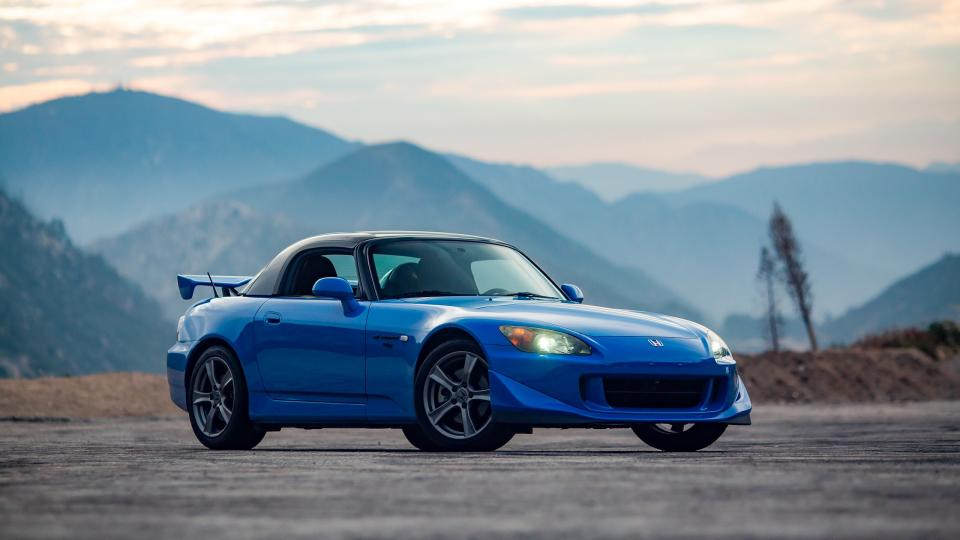
It was 2005, and I was just eight years old. "Mr. Brightside" by The Killers was garbling through my mom’s speakers as we were out on another pacifying trip for my terminal car obsession. Dad was looking for a new Honda Pilot. All I had eyes for, though, was the Rio Yellow S2000 parked on the lot. I tugged at my mom’s hand, toy car in hand, and ushered her over to the bright yellow sports car. It was like nothing I’d ever seen before, except in the video games I’d play.
A salesman wearing a bright orange Hawaiian shirt and jorts bustled over to us and entertained my enthusiasm. He opened the door and let me climb around. I vividly remember him turning the key from the passenger seat (after letting me hold it for a second, noting that it said “S2000” on it), and I could not believe the gauge cluster. How, I wondered, is this so cool? The machine coming to life, evolving from its sleep, was what made it so cool to me. Then, the salesman offered to take us for a drive.



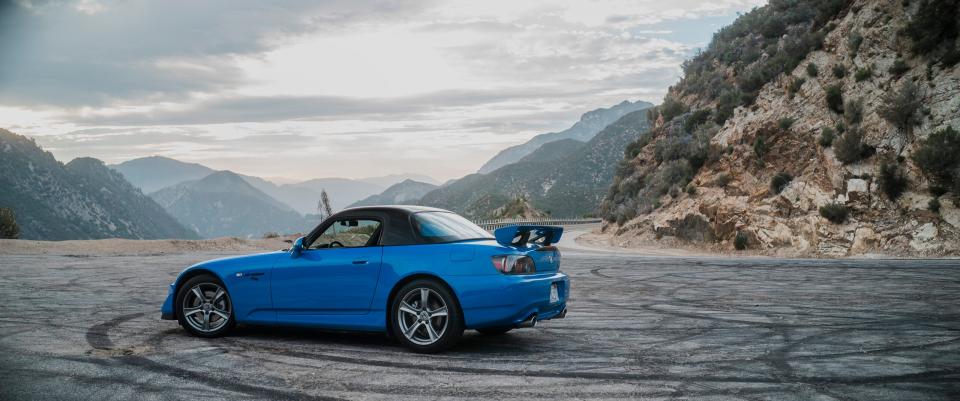
Almost 20 years later, I felt the same emotions when I settled into the American Honda Museum’s pristine 2009 S2000 CR. The way the liquid-crystal gauges swept to attention then settled, the shape and feel of the key, the absurdly mechanical action of the shifter. It all came rushing back and welled up in my chest. This was it: Me, a weekend, and Honda’s last attempt at a rear-drive sports car masterpiece.
2009 Honda S2000 CR Specs | |
|---|---|
Single-Minded Devotion
Shigeru Uehara should be a name familiar to anybody who has spent a late night researching S2000s. His legend stands taller than any public profile he held, and any of his memoirs only exist in his native Japanese. Little is known about the man besides the fact that he was a brilliant suspension and handling engineer, a friend to late Formula 1 legend Ayrton Senna, and according to Car and Driver, his “final gift” to Honda (and probably mostly himself) after 36 years with the company was the lightened, stripped, and stiffened S2000 CR.
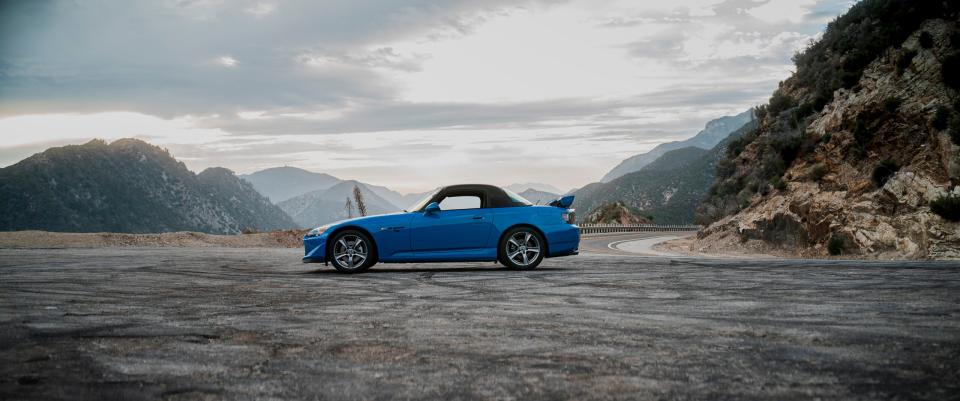
His gifts went much further than just the CR. Uehara led development on some of the most significant Honda sports cars of all time. When Honda decided it was time to build a Ferrari-beating supercar in 1985, Uehara was the person to answer the call, giving birth to the NSX. Shortly afterward, he turned his attention to the Integra Type R, deciding that seam-welding and lightening the chassis, as well as hand-porting the B18C1’s cylinder heads, were necessary to make the ultimate performance compact. Then, Uehara realized an idea he had since joining Honda in 1971: Reviving the S800, a car he and his late wife owned and enjoyed, for Honda’s 50th anniversary. That revival would become the S2000.
It was a car developed with single-minded devotion to the idea of a driver’s car. Without external influence, and developed in the distinctly insulated and engineering-focused Honda Way, the S2000 was built from the ground up like the NSX. Nerds will know the highlights: An X-shaped steel chassis ensured high rigidity out of its roadster body, dual wishbone suspension at all four corners with geometry tuned to never understeer, and a design derived from a Pininfarina-penned concept car—there's just a hint of F430 in the way the character line that cuts across the doors travels over both fenders and sits atop flat slabs of sheet metal.

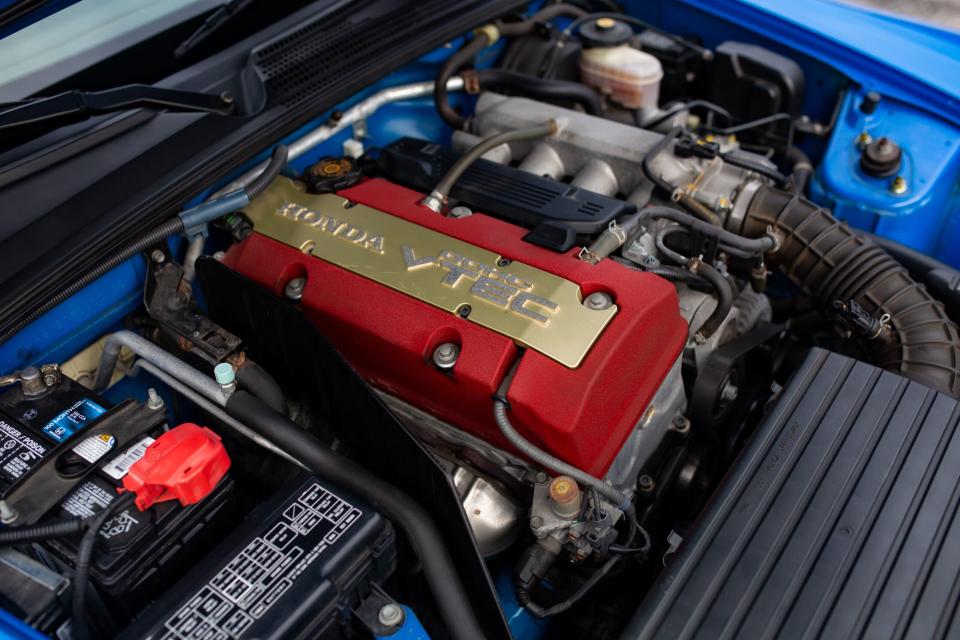
But the true trump card of the S2000 was and always will be the engine and transmission. In its earliest AP1 form, the F20C revved to 9,000 rpm and made 240 horsepower out of 2.0 liters. By the time the CR happened, input from American customers had made Honda increase displacement to 2.2 liters, lowering the redline to "just" 8,000 rpm but increasing torque considerably. Honda also modified the rear suspension geometry (as the legend goes, to Uehara-san’s dismay), specifically kinematics around toe, to stop the infamously difficult S2000 from crashing into hedges.
Uehara called the S2000 concept “Real Open Sports.” He wanted a real sports car that also understood the joy of open-top motoring, but ultimately a car that would be a forever companion to its driver. S2000 enthusiasts debate over the ultimate expression of Uehara’s vision, whether it's the AP1, AP2, or CR, but there’s no doubt that the CR was his last and greatest attempt at completing the S2000.
Club Racer
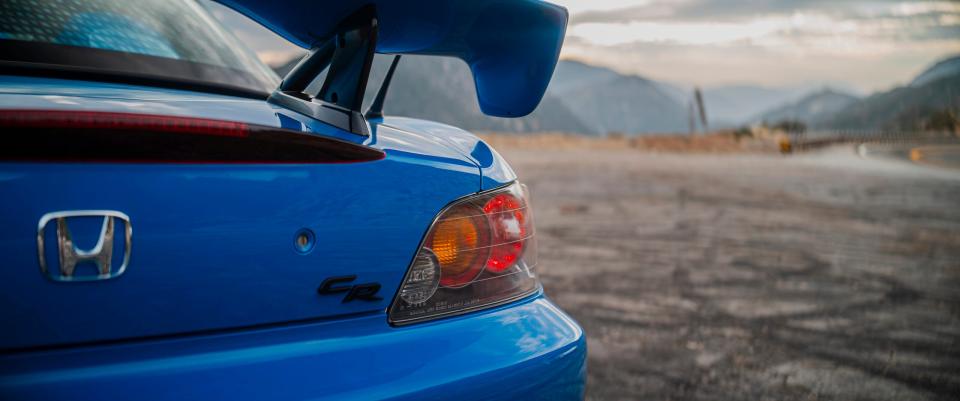
CR stands for Club Racer. And it wasn’t a gimmick package either, but a thorough retuning and refining of the S2000’s original concept. New springs, dampers, and sway bars comprehensively increase the CR’s suspension stiffness. Air conditioning and the stereo were optional extras, though most folks did check those boxes. The power soft top was deleted in favor of a lightweight hardtop, and the cavity left behind is occupied by a brace that increases torsional rigidity by 18% and vertical rigidity (think of the car bending at the middle, a particularly weak point for ‘verts) by an absurd 94%.
Honda even went as far as speccing a new steering rack with a significantly quicker ratio (from 14.9:1 to 13.8:1), making the already perfect shifter shorter in height by precisely 12.6 mm, added an aero package to reduce lift by 70%, and lightened the car by 99 pounds (without A/C). More aggressive tires in-period helped the CR go much quicker than a standard S2000, though modern tire tech has brought the two much closer together. Still, the CR was no appearance package, but a significant reengineering of the S2000.

 Yahoo Autos
Yahoo Autos 